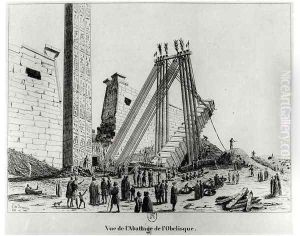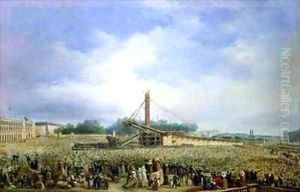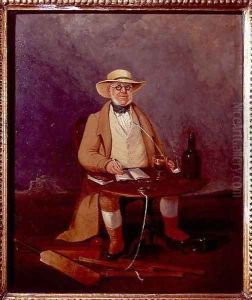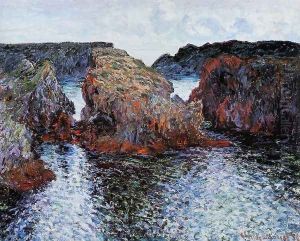





Pulling down the obelisk from Luxor Temple
-
About Reproduction
Discover the allure of art with our faithful reproduction of "Pulling down the obelisk from Luxor Temple", originally brought to life by the talented Leon de Joannis. Unlike posters or prints, our hand-painted oil painting breathes an unique sense of depth and texture into your space. Every detail, every stroke, and every texture is meticulously recreated, paying the perfect homage to Leon de Joannis and his artistic vision.
Owning this piece is more than just decoration - it's a statement of your refined taste in art. Let the vibrant colors and intricate details of this replica serve as a daily reminder of the beauty in our world. Elevate your decor and appreciate the richness of art with our replica of this masterpiece.
-
Painting Description
"Pulling down the obelisk from Luxor Temple" is a historical painting by French artist Léon de Joannis, created in the 19th century. The artwork captures a significant event in the history of Franco-Egyptian relations, depicting the engineering feat of removing one of the ancient obelisks from the Luxor Temple in Egypt. This particular obelisk was one of two originally situated at the entrance to the temple, and it was gifted to France by Muhammad Ali Pasha, the Ottoman viceroy of Egypt, in the early 19th century.
The painting illustrates the monumental task of transporting the obelisk from its original location to Paris, where it now stands in the Place de la Concorde. De Joannis' work serves as a visual record of the intersection between ancient civilizations and European imperial ambition during the period. It showcases the blend of admiration for ancient cultures and the colonial mindset of possessing their artifacts, which was prevalent among European powers at the time.
Léon de Joannis, known for his historical and genre paintings, meticulously rendered the scene with attention to the technical details of the operation and the human labor involved. His portrayal of the obelisk's removal not only reflects the technical prowess of the era but also raises questions about cultural heritage and the impact of colonialism on the preservation and ownership of ancient artifacts.
The painting is significant for its historical and cultural implications, providing insight into the 19th-century European perspective on archaeology and the acquisition of antiquities. It remains an important work for understanding the complexities of cultural exchange and the legacy of colonial history in the context of art and historical documentation.
-
Lead Time & Shipping
When you order this oil painting replica, it typically takes 2-3 weeks to paint. If the artwork is more complex, it might need a little more time to ensure the best quality. Once it's ready, we'll send you a photo for your approval. After you give the green light, we'll ship it to you for free.
-
Return & Refund
We believe in the quality of our hand-painted oil painting reproductions, and your satisfaction is our priority. If for any reason, you are not completely satisfied with your purchase, we offer a 45-day return policy. You can return your artwork within 45 days of receipt and receive a full refund. Please note that the artwork must be returned in the original packaging and in the same condition as it was received.




















